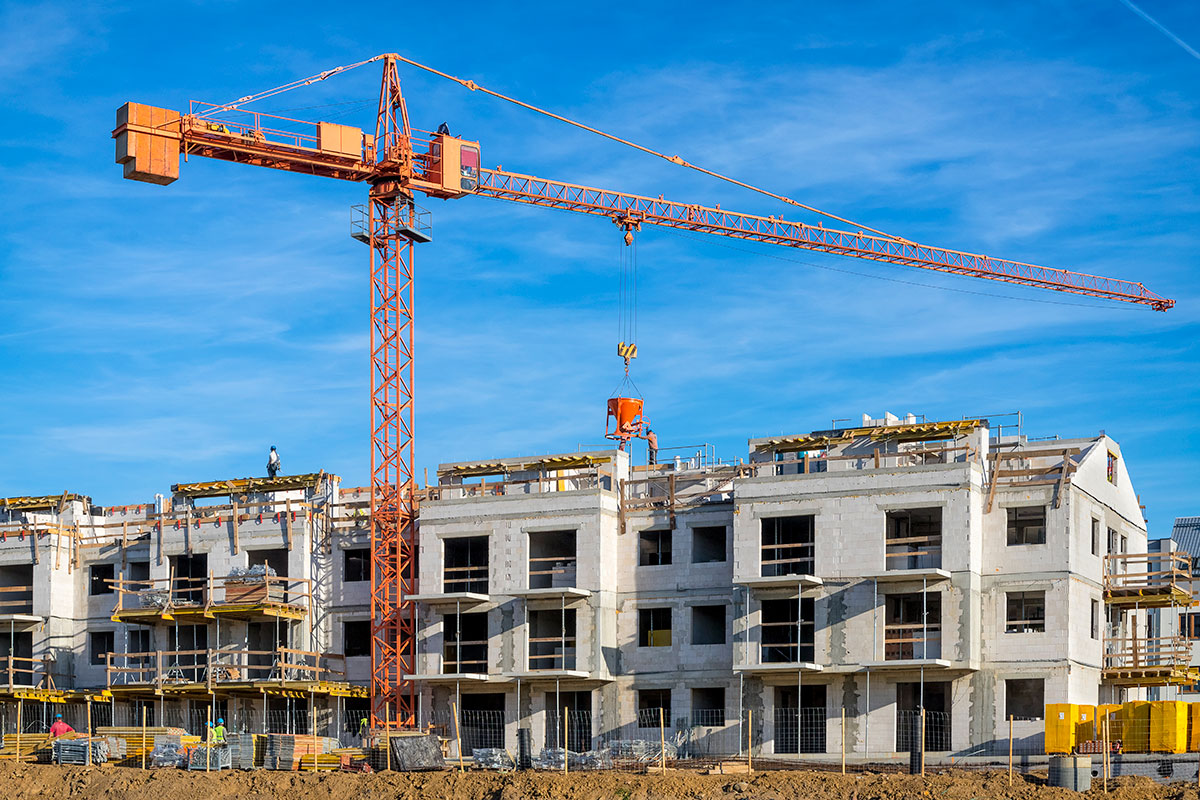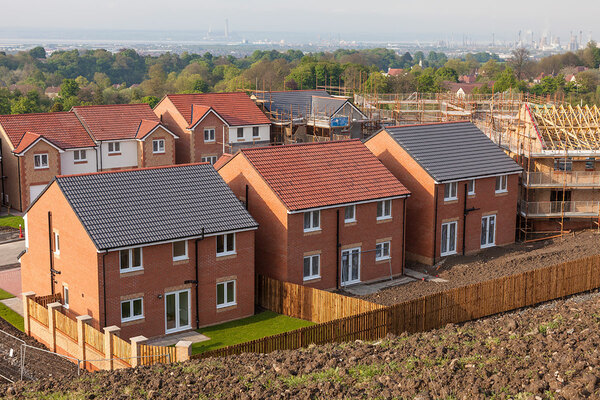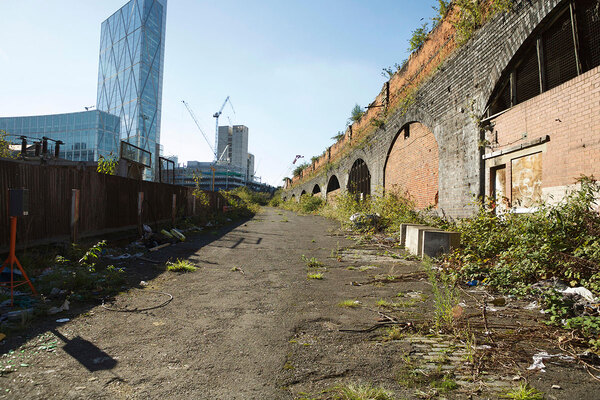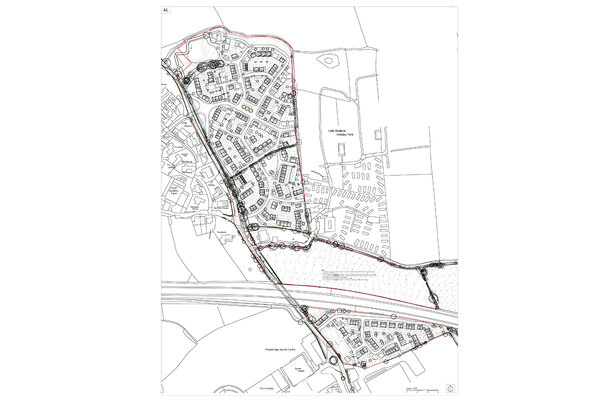You are viewing 1 of your 1 free articles
Will proposed new planning reforms help deliver the affordable homes everybody agrees we need?
Certainty over the levy to be paid towards affordable housing and other infrastructure is a good thing, but only if it results in more affordable homes. The G15 will push for that outcome, writes Helen Evans
In 2019 the National Housing Federation reported that there were approximately 8.4 million people living in unaffordable, overcrowded or unsuitable homes.
A year later, we find ourselves in the midst of a global pandemic, and we are yet to see the full extent of its impact on the economy and the communities we serve.
That’s why now is the time take bold action to make housing development more certain and to ensure that affordable housing requirements are not treated as optional. I welcome the stated intention of today’s package of planning reform to do exactly that.
More homes of all types and tenures are needed, especially in high-demand areas like London, where rents take up the highest proportion of household incomes and owning a home is out of reach for so many. Shortage of homes in the capital has caused the average price of a home to nearly double since the global financial crisis.
Rising rents have also meant that more young people remain in their family homes for longer, and those who move out often find themselves living with strangers in shared accommodation.
But it’s not the housing developers, construction workers or their supply chains who benefited the most from this uplift in prices. While low interest rates made high-value mortgages more accessible, most of the extra value went directly to landowners. As noted in Network Homes’ recent Making Land Deliver report, land value now accounts for more than 70% of the total value of an average home.
Landowners are lucky beneficiaries of value enhancements through infrastructure or uncertain policy requirements. The land price is often agreed at an early stage and any uncertainty in relation to affordable housing requirements will be priced in, which can result in it being claimed to be unviable to deliver the affordable homes that are needed.
Faced with the dilemma between reducing affordable homes or not building any homes at all, developers and planning authorities will often opt for a compromise.
But the choice should never be there in the first place. The very notion of affordable housing liability being negotiable pushes private developers to count on it being reduced should the housing market take a downturn. This is especially significant considering residual land values are very sensitive to affordable housing levels.
“The government’s intention to sweep these away is positive for everyone with an interest in seeing more affordable homes built. It is likely to also strongly benefit small builders who can be baffled and deterred by the complexities of the current planning system”
New rules are needed to make sure an affordable housing requirement is not seen as an informal extension of the risk margin in developers’ viability models. If and when it is seen as an unavoidable cost or even a tax, the increased risk will be passed on to those who should and are able to comfortably absorb it – the landowners.
Even in London, where the mayor has made huge efforts to ensure certain minimum levels of affordable homes through the planning system, too much time is wasted in viability discussions.
The government’s intention to sweep these away is positive for everyone with an interest in seeing more affordable homes built. It is likely to also strongly benefit small builders who can be baffled and deterred by the complexities of the current planning system.
The certainty of the new Infrastructure Levy will be of wide benefit only if it directly translates into affordable homes on sites and if it is applied consistently across the country, so all areas see equal benefit. Proposals to exempt smaller sites from affordable housing provision will also need careful management to prevent any potential loss of supply, particularly in more localised areas.
This is why it will be really important that constructive responses on the detail of the proposals are submitted to government to get it right. I absolutely support the government’s aim to secure at least the same amount of affordable homes, on site, as at present. I would like to see more.
“I still have concerns that the First Homes scheme, which will be unaffordable to most people on moderate incomes in London and other high-value areas, will squeeze out truly affordable homes for people who need them”
The current building safety crisis makes clear the need for long-term owners of buildings to have close input into and oversight of the build process – that will need to be safeguarded as we move to a new system. I therefore agree with the consultation document that the quality of affordable homes as well as overarching volumes should be maintained, and the new system must be structured to enable early engagement between providers of affordable homes and developers.
I still have concerns that the First Homes scheme, which will be unaffordable to most people on moderate incomes in London and other high-value areas, will squeeze out truly affordable homes for people who need them.
The government has listened to industry concerns about the potential disruption that it could cause and dialled back the proportions from the 40-80% of affordable housing provision consulted on, and seems to be taking its time with implementation.
As these reforms take root, it seems there is a chance to implement the First Homes scheme in a locally appropriate way in those areas where it meets a clear affordable housing need.
Affordable homes are not just a good thing for the people who live in them and wider society, which benefits from their safety and stability. They also accelerate the overall pace of homebuilding. Sir Oliver Letwin’s Independent Review of Build Out proved that the absorption rate – how fast homes can be sold – limits the speed of homebuilding on large sites. This simply doesn’t apply to the supply of affordable homes, where especially for social rented homes the absorption rate is effectively infinite.
The pandemic might slow down the housing market, but the need for affordable, safe, secure, high-quality rented homes is still rising. These reforms have the intention of accelerating delivery of the homes this country needs. The G15 will engage positively with the consultation to try to ensure that they are implemented in a way that does this.
Helen Evans, chair, G15; and chief executive, Network Homes











